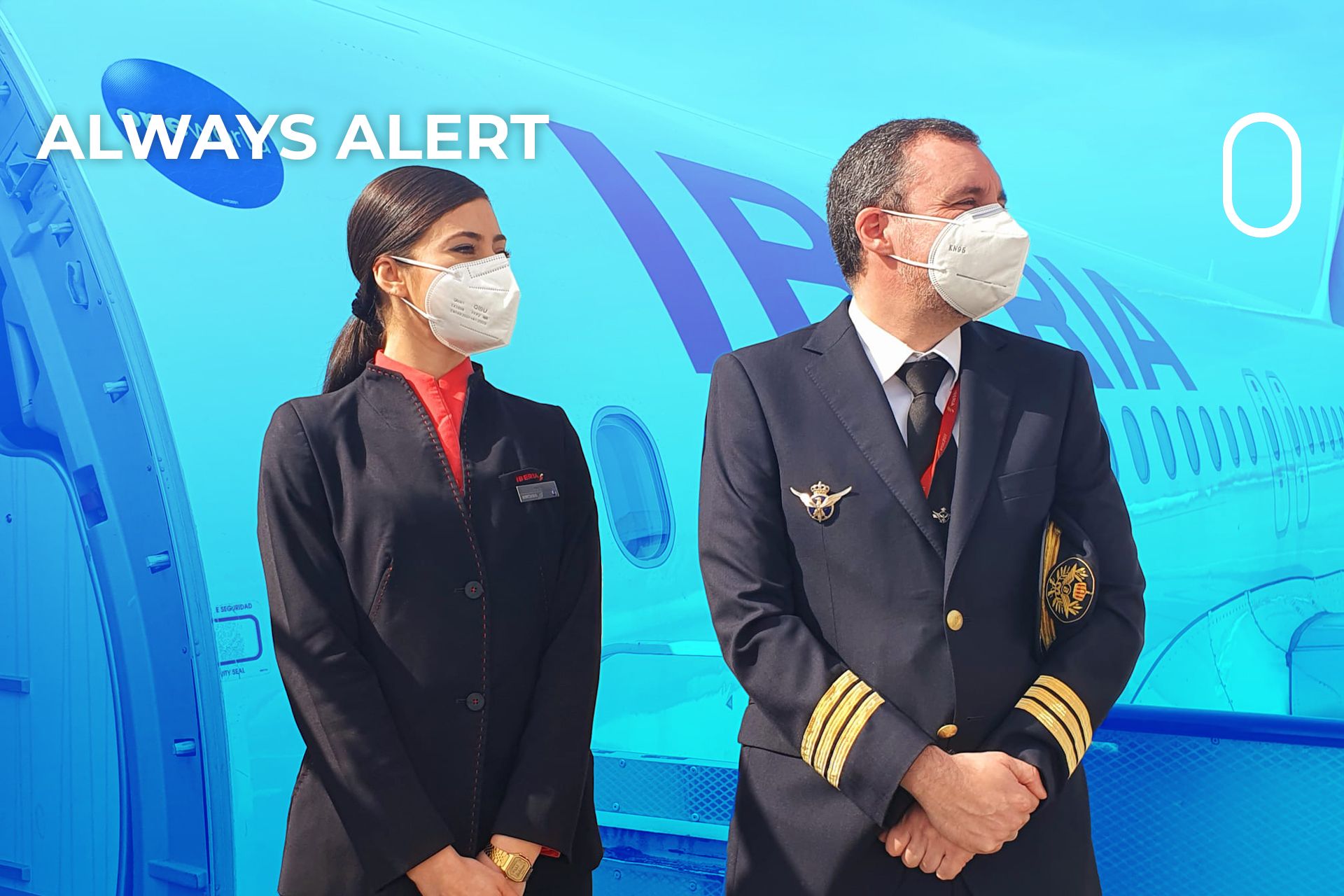Summary
- Assess physical condition & behavior of passengers to identify safety threats, especially drunk or non-cooperative individuals.
- Check baggage compliance and identify ABPs who can assist in emergencies during the flight.
- Monitor for unusual behavior, offer upgrades, and ensure correct seating arrangements for safety on board.
Cabin crew members greet passengers upon boarding onto the aircraft. This may include a formal greeting, checking boarding cards to assist with seat information, or help with passenger luggage. While it may look like a straightforward process, there is a lot more that goes into welcoming passengers onboard. Boarding is an important time for the cabin crew to assess passengers, but what are they looking for?
Safety concerns
- Physical condition of the boarding passengers
- A quick assessment of passengers’ behavior as they board
- Could they be a potential threat to the safety of the flight and its occupants?
- Potential concerns with passengers traveling with children or the elderly.
The cabin crew will first monitor passengers if they seem drunk or drugged in any way. If they think you may become a threat to safety in any way, a passenger can be offloaded. A drunk passenger could try mishandling a cabin door or trying to smoke in a lavatory. They could also abuse the staff or other passengers and become disruptive. If the passenger seems non-cooperative, there could be potential issues, and they are dangerous in an emergency.

Related
How Soon Before A Flight Do Cabin Crew Arrive At The Airport?
Is it a mad dash or a well planned journey?
Baggage issues
Cabin crew will check for any baggage that may be non-compliant. The luggage may not fit in the overhead locker or cannot be carried in the cabin. Items not within the guidelines will be tagged, offloaded, and stored in the hold instead. Passengers have been known to smuggle their pets into the cabin, so that is something the crew needs to be aware of.
Photo: Finnair
Emergency ABPs
Cabin crew assess physically fit persons, especially firefighters, police officers, etc., who may be able to assist in an emergency. These are called able-bodied passengers or ABPs. They would be briefed on a planned emergency and assigned certain tasks. In an unplanned emergency, there would be a ‘go-to’ to help open an exit door, for example, and help people down the slide.
Cabin crew members may approach ABPs beforehand in case they suspect an emergency to ensure prior information is given to the passengers. According to Aribus,
“Maintaining effective communication and ensuring compliance with the Standard Operating Procedures starts with the preflight briefing. This is when the flight crew and cabin crew should define together any parameters that could affect their decision-making if an emergency were to occur. It is also the opportunity to review the emergency evacuation procedure with the associated standard callouts, and discuss them in the context of the upcoming flight. The crew should take into account any specific conditions such as airport equipment, external conditions, and the application of MEL [Minimum Equipment List] items.”
What about upgrades?
Sometimes, if there are spare seats in business class cabin crew may upgrade a passenger. They will be looking for someone smartly dressed and business-like to offer a free upgrade.
Unusual behavior
Cabin crew are trained to be super aware of what is going on around them at all times. During boarding, they will be looking for any unusual behavior. Drug mules show certain signs of behavior, as do human traffickers, so the crew are observing. They will also look for any passenger who might be disruptive or cause a disturbance.
Photo: Emirates
Fellow crew
Usually, cabin crew look after their pilot and cabin crew colleagues as well when traveling as a passenger. This is because they know they are trained the same as them and may be able to help in any emergency situations onboard. This may show up on the passenger information list, but often they can be spotted by their crew bag.

Related
Why Cabin Crew Might Ask You To Move Seats Before Departure
Has this ever happened to you on your travels?
Sickness
Cabin crew are monitoring for potential sickness too. Certainly, since the pandemic, this is even more so as we understand the effects of communicable diseases. Also, if a passenger looks seriously ill, it isn’t worth the risk of a medical emergency onboard. Also, someone in the late stages of pregnancy would have to have a medical note to say that they are fit to fly.
Photo: airBaltic
Nervous flyers
Nervous flyers are usually easy to spot but not always. Cabin crew will talk to them, explain things, reseat if necessary, and comfort them when possible. The cabin crew like to be aware of nervous flyers and will do everything they can to help improve their experience.
Correct seating
Cabin crew will also check that the right passengers are seated on exit rows; there are stringent rules regarding who can sit by the exits, and sometimes mistakes are made at check-in. An emergency evacuation should never be impeded, so even a broken arm would cause a passenger to be moved. Some airlines also ask those seated on exit rows if they would be willing to operate the exit in an emergency. If they are not happy to open the exit door, they are reseated to another area.

Related
Transferrable Skills: What Cabin Crew Can Do When Changing Career
How cabin crew skills relate to other industry roles.




